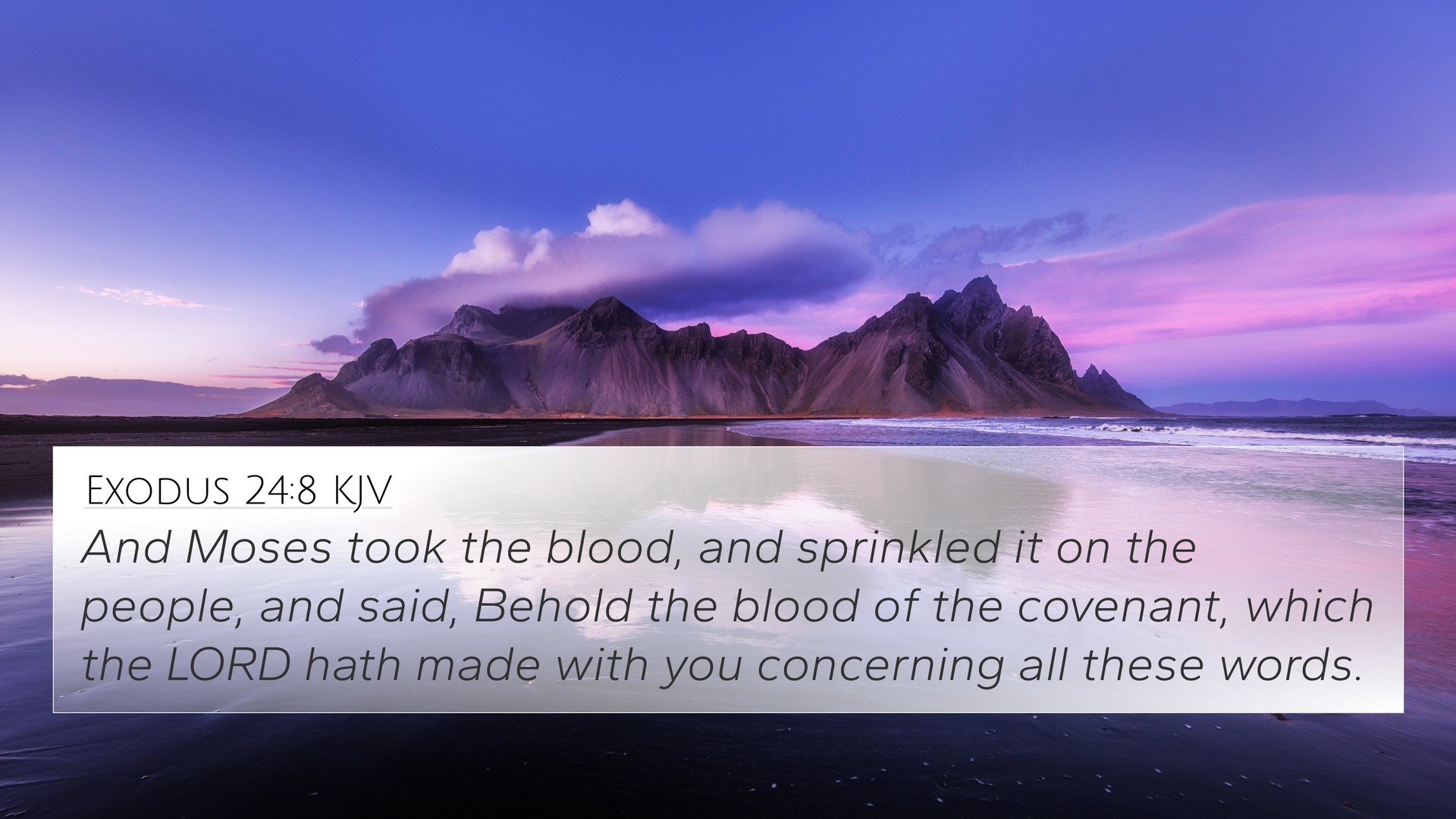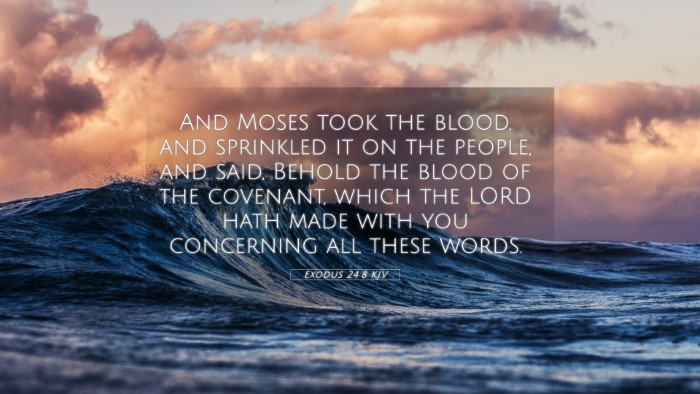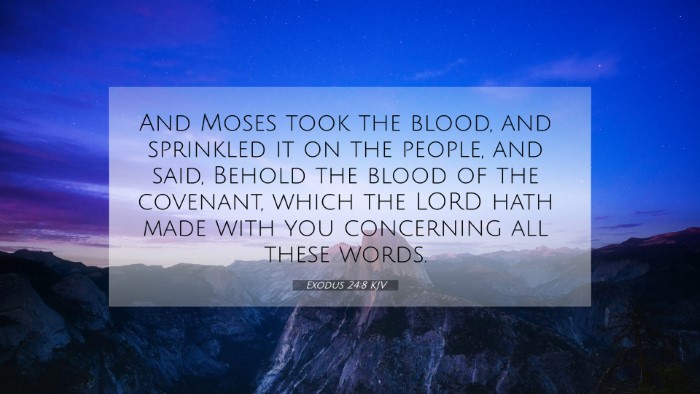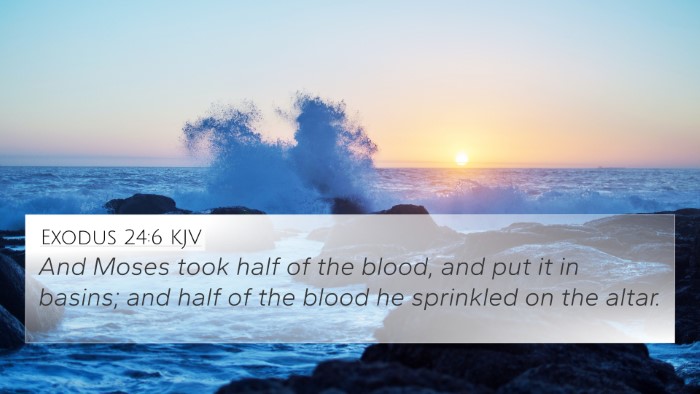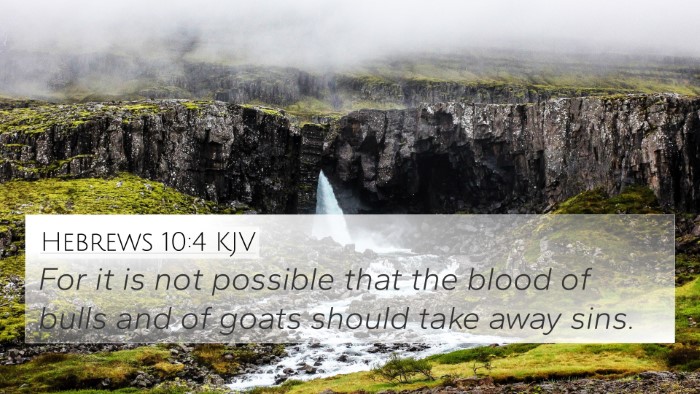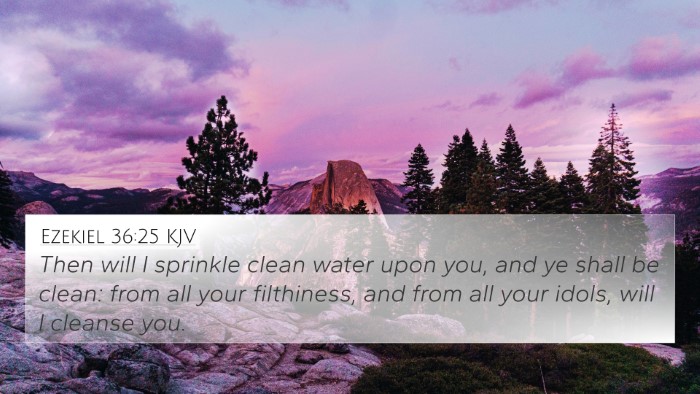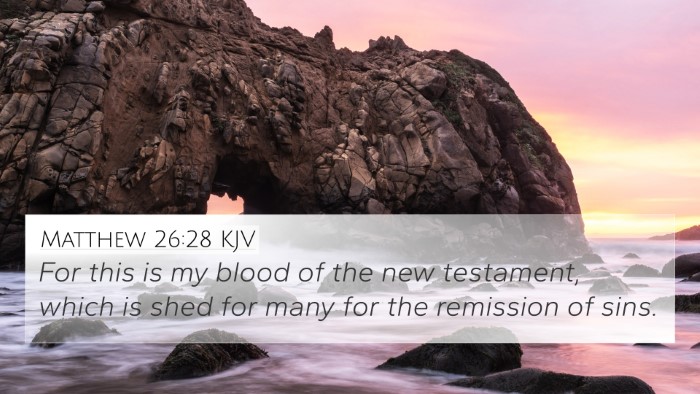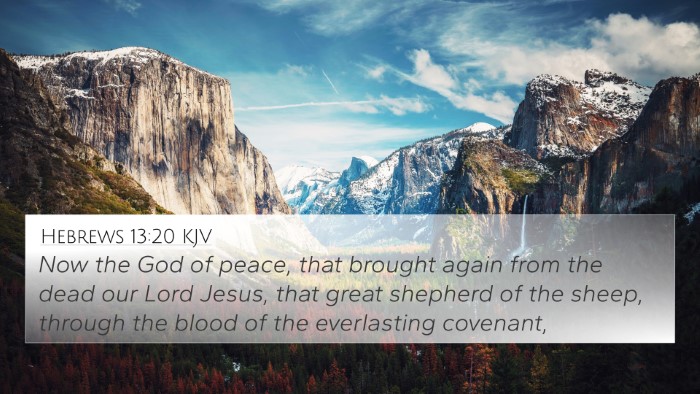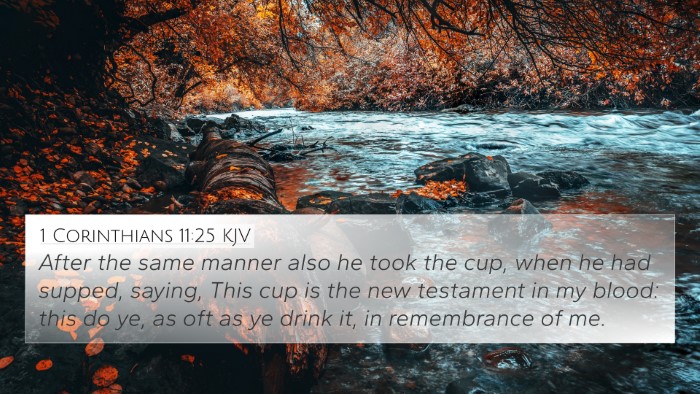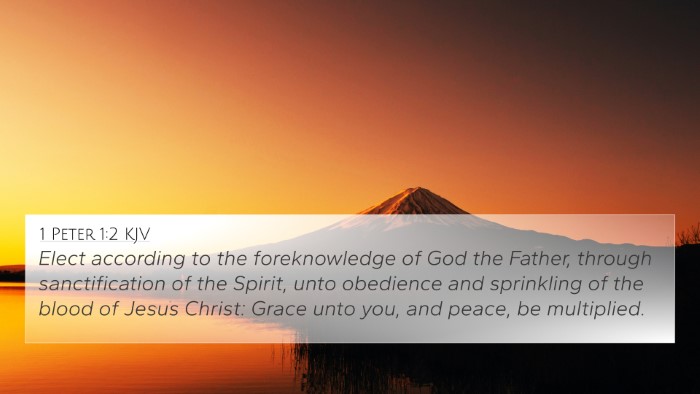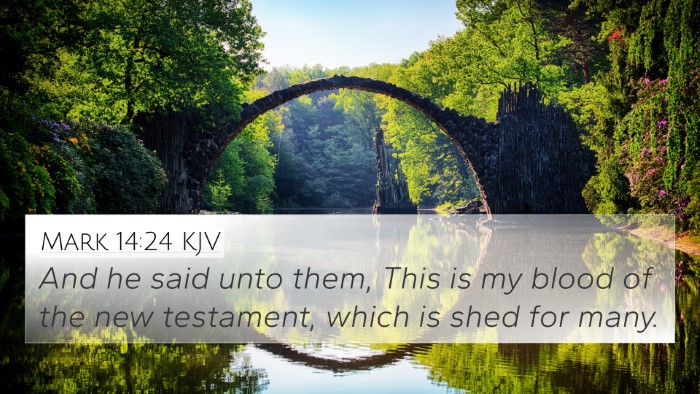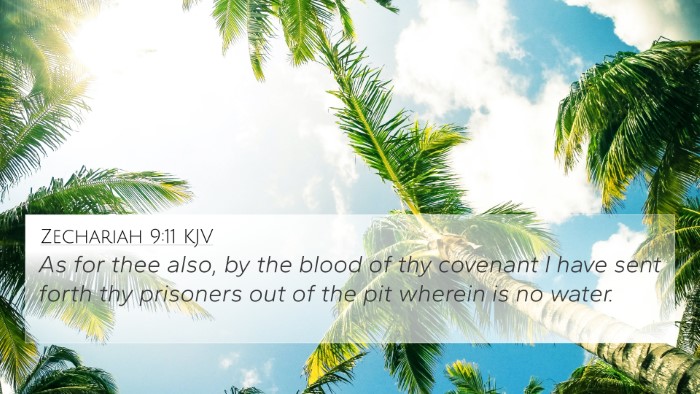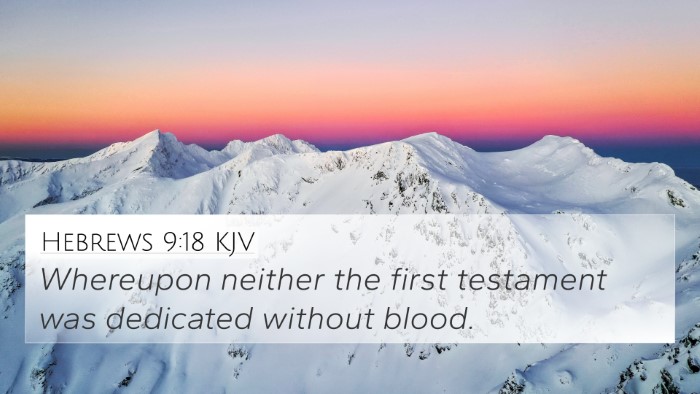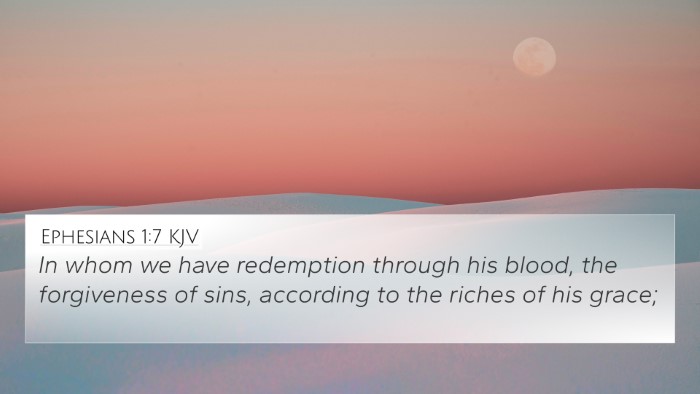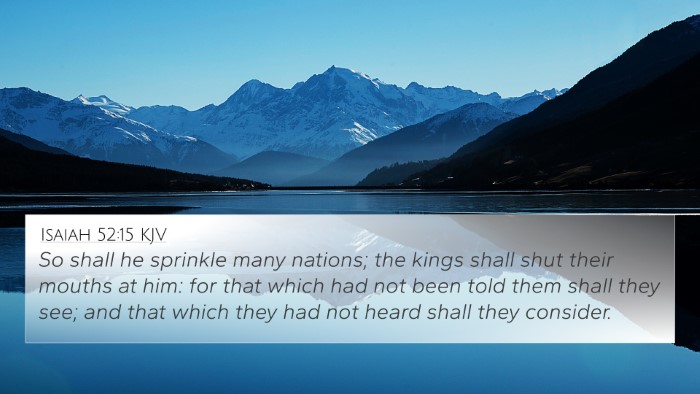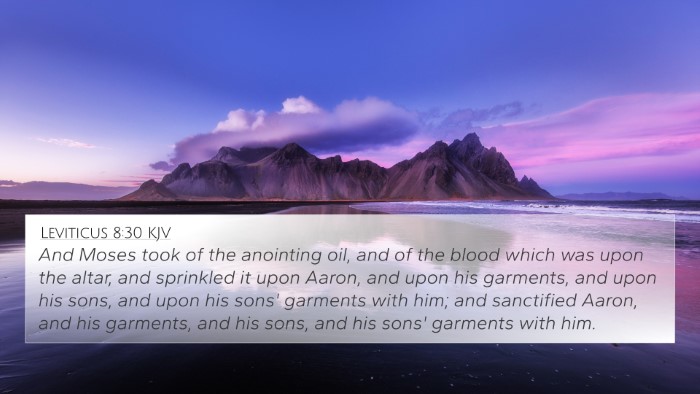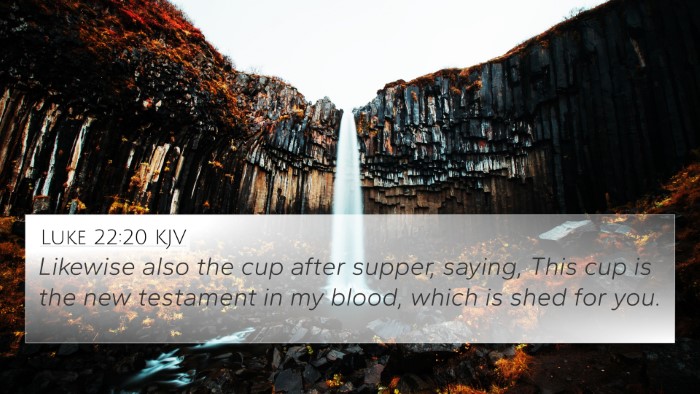Understanding Exodus 24:8
Exodus 24:8: "And Moses took the blood, and sprinkled it on the people, and said, Behold the blood of the covenant, which the Lord hath made with you concerning all these words."
This verse marks a pivotal moment in the establishment of the covenant between God and Israel. Here, we will explore the verse’s meaning through the insights of public domain commentaries, including those by Matthew Henry, Albert Barnes, and Adam Clarke.
Contextual Background
The events of Exodus 24 take place after the giving of the Law at Sinai. Moses is mediating between God and the people, facilitating a relationship grounded in covenantal promises. This act of sprinkling blood is symbolic of the binding agreement between God and His chosen people.
Commentary Insights
Matthew Henry's Commentary
According to Matthew Henry, the act of sprinkling blood signifies the seriousness and solemnity of the covenant. Blood, representing life, is essential in the covenant context as it signifies both atonement and a pledge of fidelity. This ritual emphasizes that there is a cost to entering into a relationship with God, reflecting themes of sacrifice that run throughout scripture.
Albert Barnes' Commentary
Albert Barnes elaborates on the significance of the blood being sprinkled on the people, highlighting that it denotes their acceptance of the covenant. By participating in this ritual, the Israelites publicly declare their commitment to obey the Lord. Barnes further asserts that this covenant anticipates the ultimate covenant sealed by Jesus' blood, establishing a profound continuity in redemption history.
Adam Clarke's Commentary
Adam Clarke provides an analytical view of the covenant concept, explaining that it establishes a mutual obligation. His interpretation indicates that the blood serves to purify and sanctify the people, marking them as a people set apart for God. Clarke emphasizes this event’s typological significance, foreshadowing Christ's work and the new covenant established in the New Testament.
Thematic Connections in Scripture
Exodus 24:8 resonates with various themes and teachings throughout the Bible. Here are some key connections and parallels:
- Hebrews 9:18-22: Discusses how without the shedding of blood there is no forgiveness, echoing the sacrificial system.
- Matthew 26:28: Jesus refers to His blood as the blood of the new covenant during the Last Supper, linking back to Exodus 24:8.
- 1 Peter 1:18-19: References the precious blood of Christ, reinforcing the theme of redemption through blood.
- Exodus 12:7: The Passover blood symbolizing deliverance foreshadows the covenant blood in Exodus 24.
- Isaiah 53:5: Suggests that by His wounds we are healed, connecting the idea of sacrifice and atonement.
- Romans 5:9: Discusses how we are justified by His blood, linking the Old Testament sacrificial system with New Testament theology.
- 1 Corinthians 11:25: Paul reminds believers of the new covenant in Christ’s blood during Communion.
- Galatians 3:15: Talks about the implications of a covenant, emphasizing the unchangeable nature of God's promises.
- Revelation 5:9: Sings a new song about the Lamb’s blood, highlighting timeless themes of redemption and covenant.
- Ephesians 1:7: Explains redemption through Christ's blood, tying back to the covenant established in Exodus.
Cross-Referencing Biblical Texts
The study of Exodus 24:8 provides a comprehensive understanding through cross-referencing. This helps to discern the connections between biblical texts, yielding deeper insights into theological themes. Utilizing available tools for Bible cross-referencing—like Bible concordances and guides—can enhance the study of these verses.
Benefits of Cross-Referencing
- Enhances understanding of scripture through comparative analysis.
- Identifies theological themes that span different books of the Bible.
- Provides context and clarity to individual scripture passages.
- Aids in sermon preparation and teaching by revealing interconnected truths.
Conclusion
Exodus 24:8 serves as a foundational scripture that not only establishes the Old Testament covenant but also points forward to the redemptive work of Christ. Through the exploration of this verse and its connections, we see how God’s plan unfolds through covenantal relationships, sacrifice, and ultimately, redemption.
